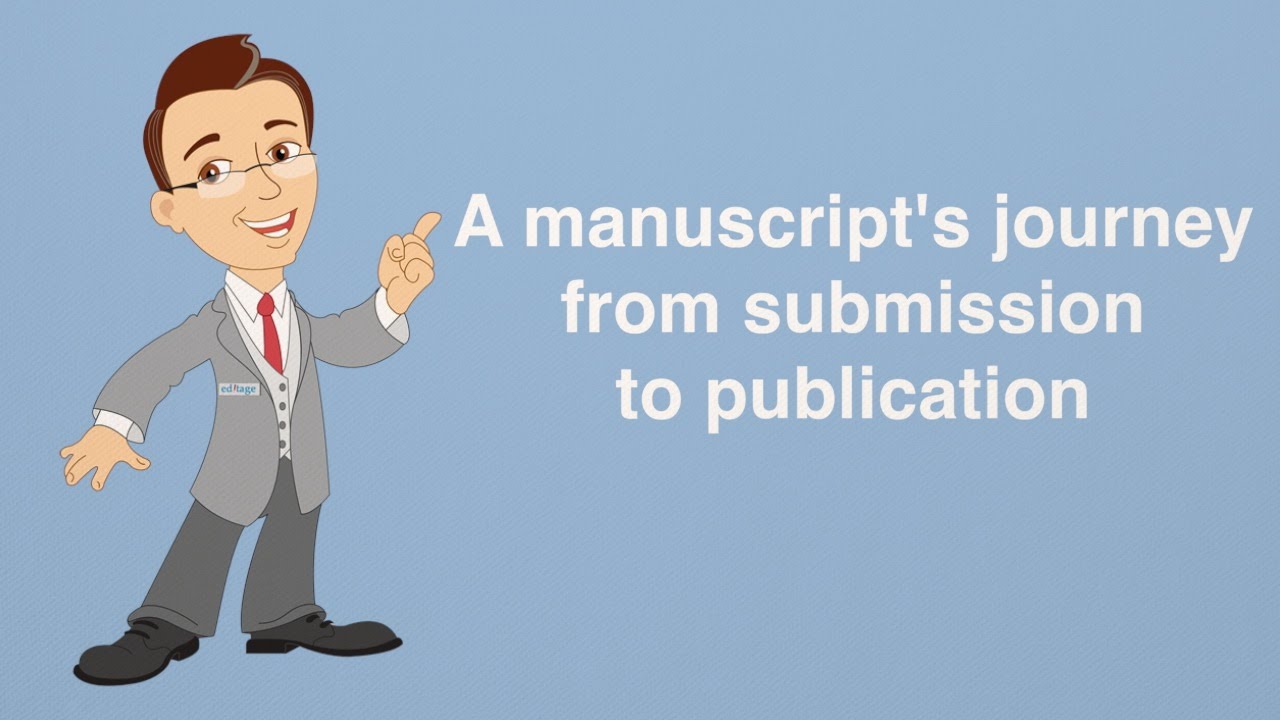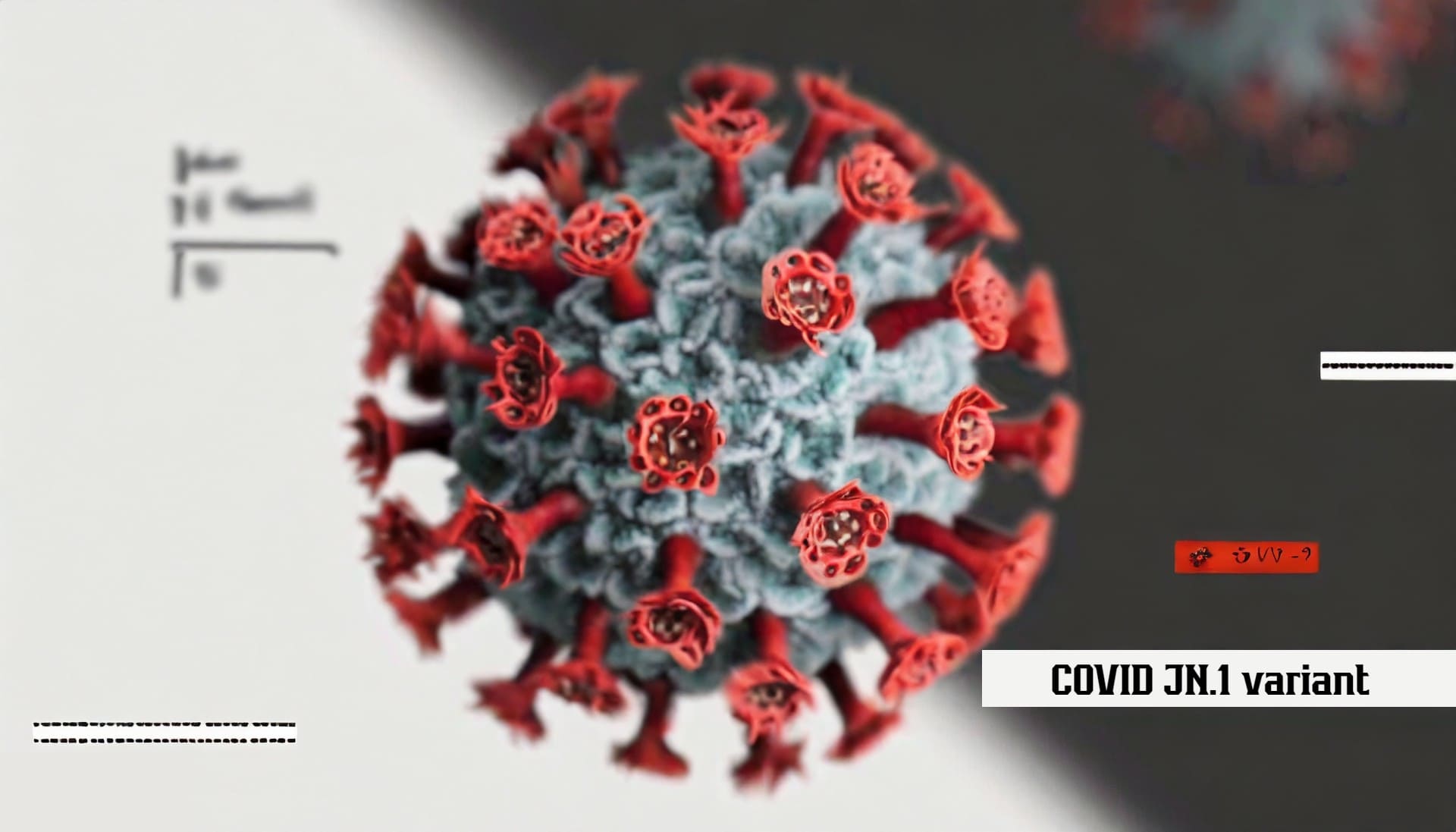Writing an Effective Abstract: Capturing the Essence of Your Research

In the academic realm, the abstract serves as a portal to your research, offering a concise glimpse into its intricacies. Creating an abstract that not only captivates but also encapsulates the core of your study requires finesse. This guide delves into the subtleties of abstract writing, providing insights on how to attract readers without triggering the alarms of text detection systems.
Understanding the Purpose of an Abstract
Before delving into the art of abstract writing, grasp its fundamental role. It's more than a mere summary; it's a snapshot of your research designed to entice readers. Think of it as a teaser, inviting the audience to explore your work further.
Key Components of an Effective Abstract
- Clarity and Brevity: Precision is key. Strive for clarity by using straightforward language, avoiding unnecessary technical terms, and presenting information concisely.
- Highlighting Crucial Elements: Identify and emphasize essential aspects of your research. What problem does your study tackle? What methodologies, results, and conclusions are paramount? These should be spotlighted for a quick understanding.
- Keywords for Visibility: Incorporate relevant keywords seamlessly. This not only aids in discoverability but also ensures your work aligns with the language commonly used in your field.
Crafting a Compelling Abstract: Step-by-Step Guide
- Introduction (Background): Commence with a brief introduction, outlining the problem or question your research addresses and why it matters.
- Objectives and Methodology: Clearly state your research objectives and briefly describe your methodology. Provide a glimpse into how you approached the research problem.
- Results: Summarize your key findings succinctly, highlighting any noteworthy insights that emerged.
- Conclusion: Conclude by summarizing the implications of your research. What contributions does it make, and what potential avenues for future exploration does it open?
Dos and Don'ts of Abstract Writing
Dos:
- Active Voice: Utilize active voice to add dynamism to your writing.
- Word Limit Adherence: Stick to prescribed word limits to maintain conciseness.
- Thorough Proofreading: Ensure a polished final product by eliminating typos and grammatical errors.
Don'ts:
- Extraneous Details: Avoid including information unrelated to the core of your research.
- Excessive Technical Jargon: While some discipline-specific terminology is necessary, be cautious not to overwhelm your audience.
In essence, crafting an effective abstract involves distilling your research's core into a concise, engaging narrative. Mastering this art enhances your work's visibility and invites readers to delve into your scholarly endeavors. Keep it clear, concise, and captivating, ensuring your abstract serves as a compelling gateway to your research's depth.






